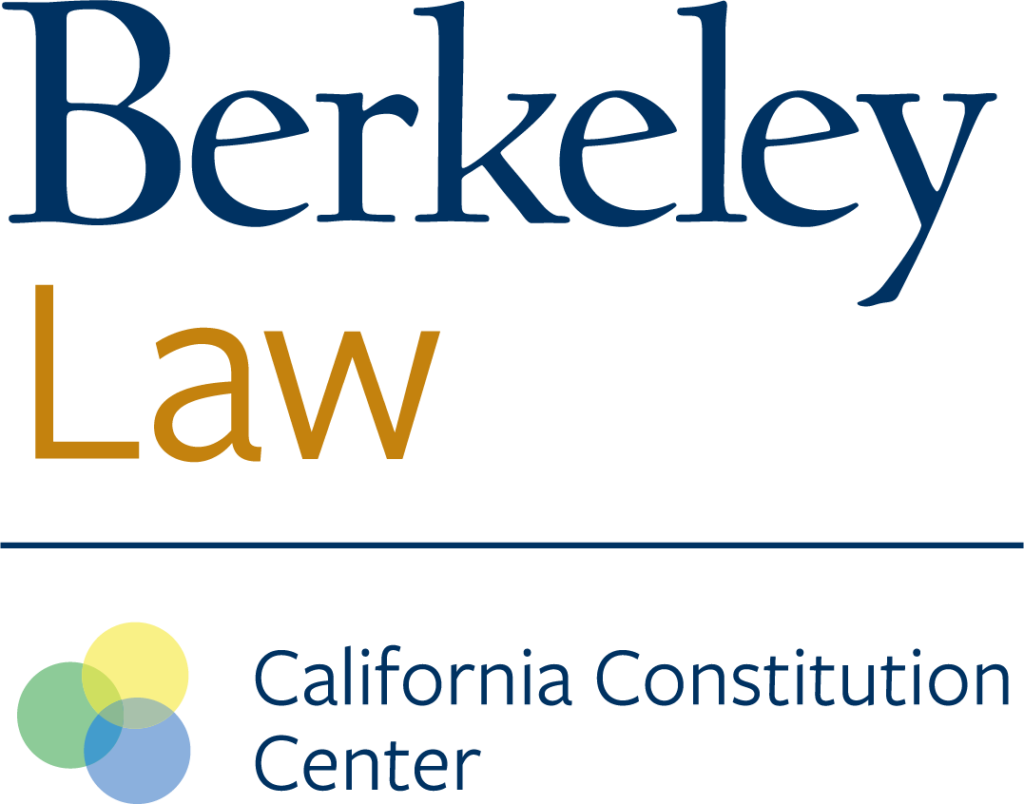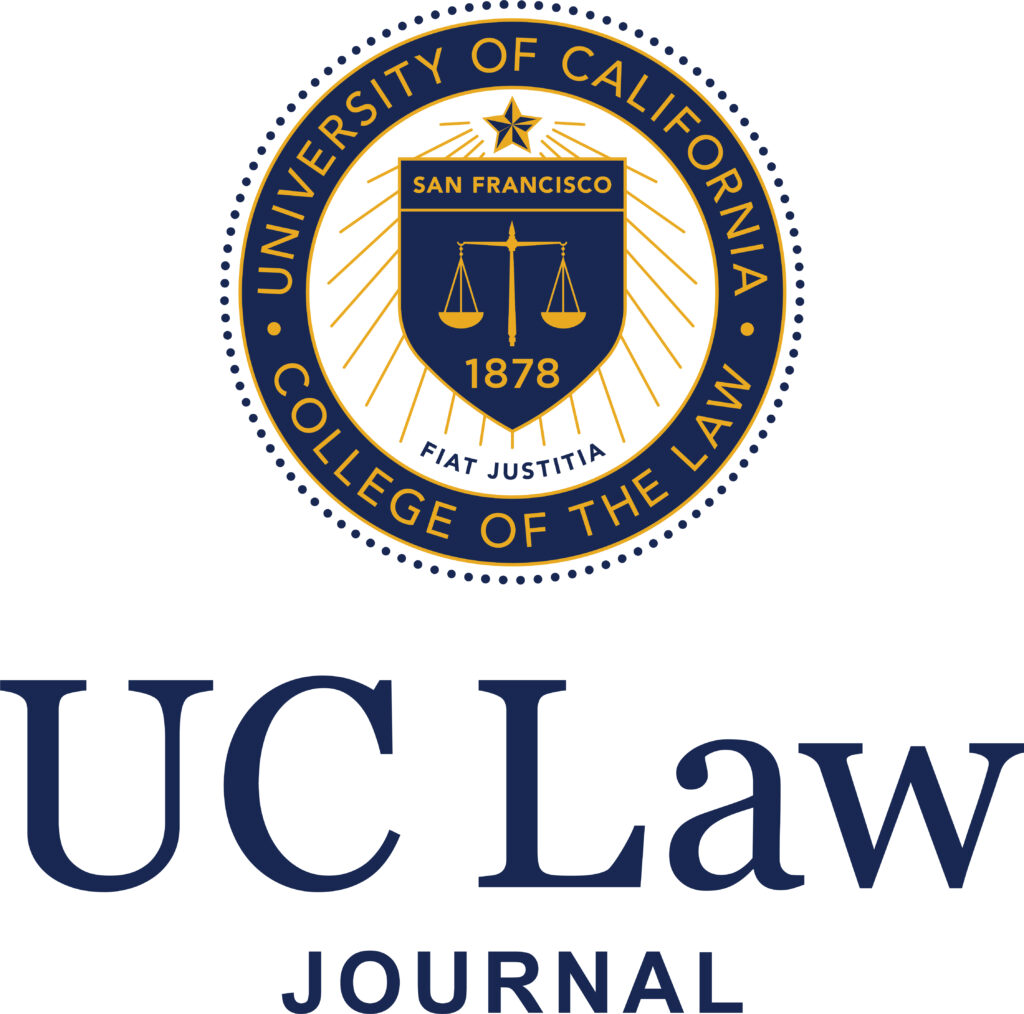Two upcoming recall events
California Votes: The Effort to Recall Governor Gavin Newsom Friday, September 10, 2021 12:00pm to 1:00pm Zoom Webinar Registration link: Webinar: California Votes: The Effort to Recall Governor Gavin Newsom “Post-Mortem” Should the Recall be Recalled or Reformed? Friday, September 24, 2021 4:00 to 6:00 Zoom Webinar Registration link: Webinar: Recall Post-Mortem Should the Recall be Recalled or Reformed?



